Kenyan motorists may soon be required to pay toll fees on key highways as the government moves to implement a new road tolling policy to fund road construction and maintenance.
The Ministry of Transport and Roads argues that the policy is necessary to bridge a Sh5.15 trillion funding gap for Kenya’s 164,000-kilometre road network.
Transport Cabinet Secretary Davis Chirchir said the government’s current funding is insufficient, pointing out that while Sh100 billion was allocated for the 2024/25 financial year, the actual requirement for road maintenance stands at Sh253 billion.
“The estimates for the 2024/25 financial year indicate that about Sh100 billion was released while the ideal requirement for maintaining the entire roads system stands at Sh253 billion… highlighting a significant funding gap and the urgent need to identify additional sources for funding planned new roads,” Chirchir said.
He also dismissed concerns about the existing road maintenance levy, stating, “Why should we toll our roads when we have the road maintenance levy? The levy only funds the maintenance of some roads that is insignificant for the entire network.”
Read More
The draft policy proposes tolling without the mandatory provision of toll-free alternatives.
Eng Kefa Seda, chair of the technical working group, explained that while the government will not be required to provide alternative toll-free routes, it will implement measures such as subsidies and discounts to ensure affordability.
“It will not be mandatory for the government to provide a dedicated toll-free alternative, but appropriate measures will be taken to guarantee affordability such as subsidies and discounts,” Seda stated.
The government is modelling the policy on the Nairobi Expressway, which it considers a successful public-private partnership (PPP) project. Similar arrangements are planned for the Nairobi-Mombasa expressway and the Rironi-Mau Summit road.
Seda said Kenya’s main road corridors are already operating beyond capacity, highlighting the need for expansion.
“Traffic demand on key corridors in Kenya has exceeded current capacity,” he said.
He noted that increased road capacity has proven effective in reducing accidents, citing the Kenol-Sagana-Marua highway as an example.
“The enhancement of road carrying capacities has been shown to significantly reduce road accidents. For example, since the expansion of the Kenol-Sagana-Marua highway, the number of road accidents has significantly reduced,” he added.
Seda also pointed out that poor roads are contributing to economic inefficiencies, as slow travel speeds hinder productivity. “
On average, trucks in East Africa can only cover between 5,000 and 7,500 kilometres per month compared to the international best practice of 12,000 kilometres per truck per month, improvements in road infrastructure will double travel speeds, increase trip frequency and significantly reduce costs,” he said.
He added that road conditions also contribute to high accident rates, with over 4,000 fatalities recorded annually.
Thika Road and the Southern Bypass are among the roads identified as potential tolling candidates due to their heavy traffic and economic importance.
Public participation in the draft policy is set to begin on Monday, giving Kenyans an opportunity to submit their views before the policy is finalised.

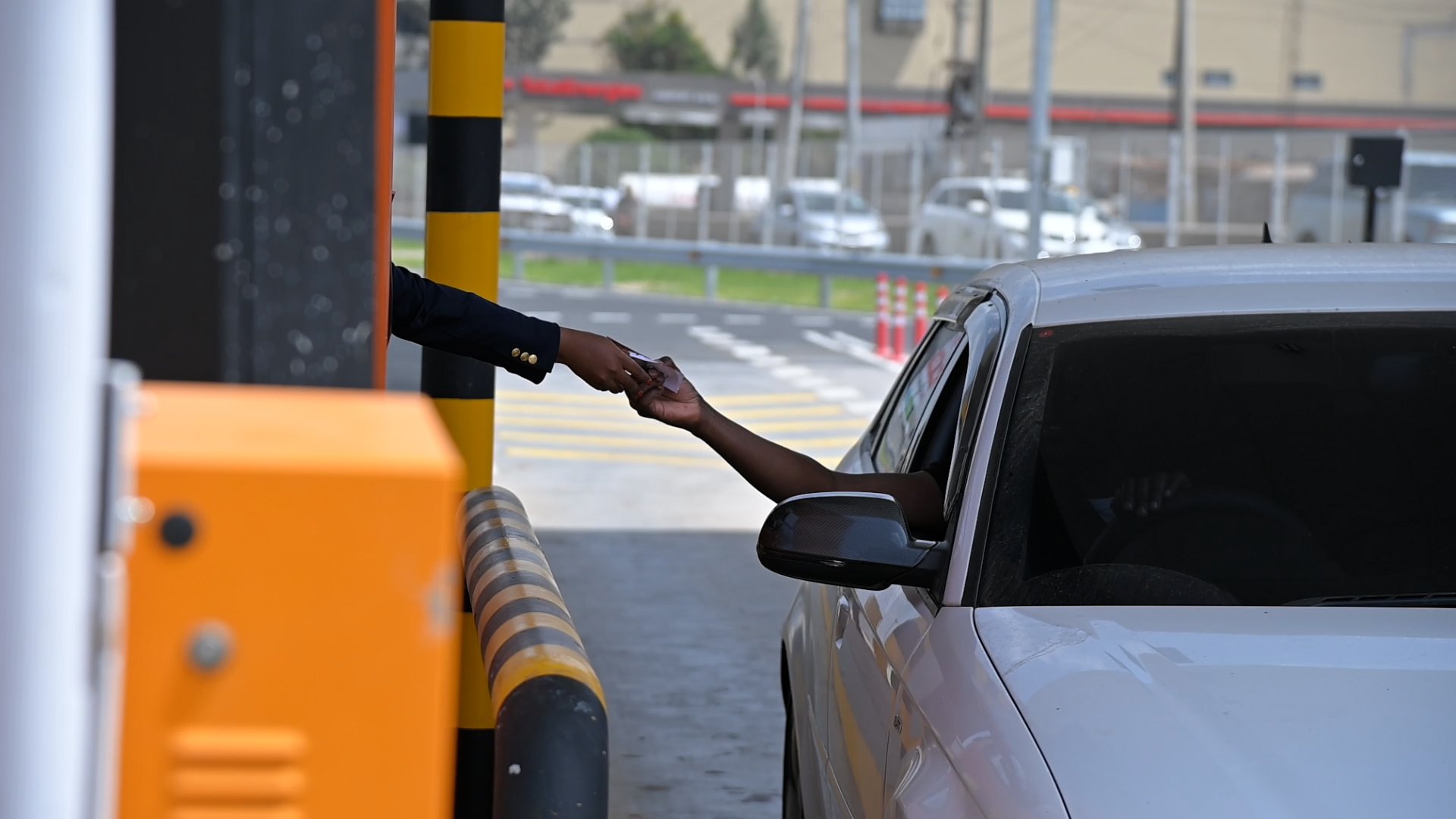

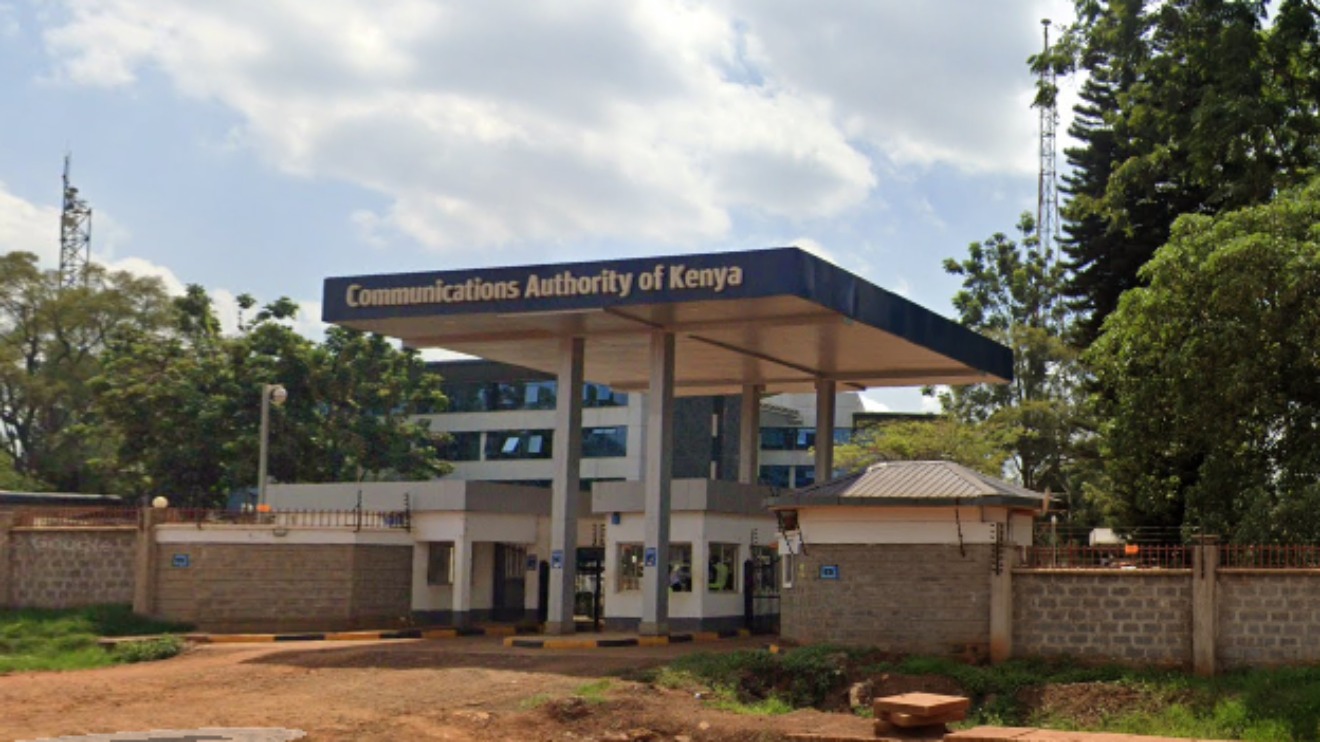
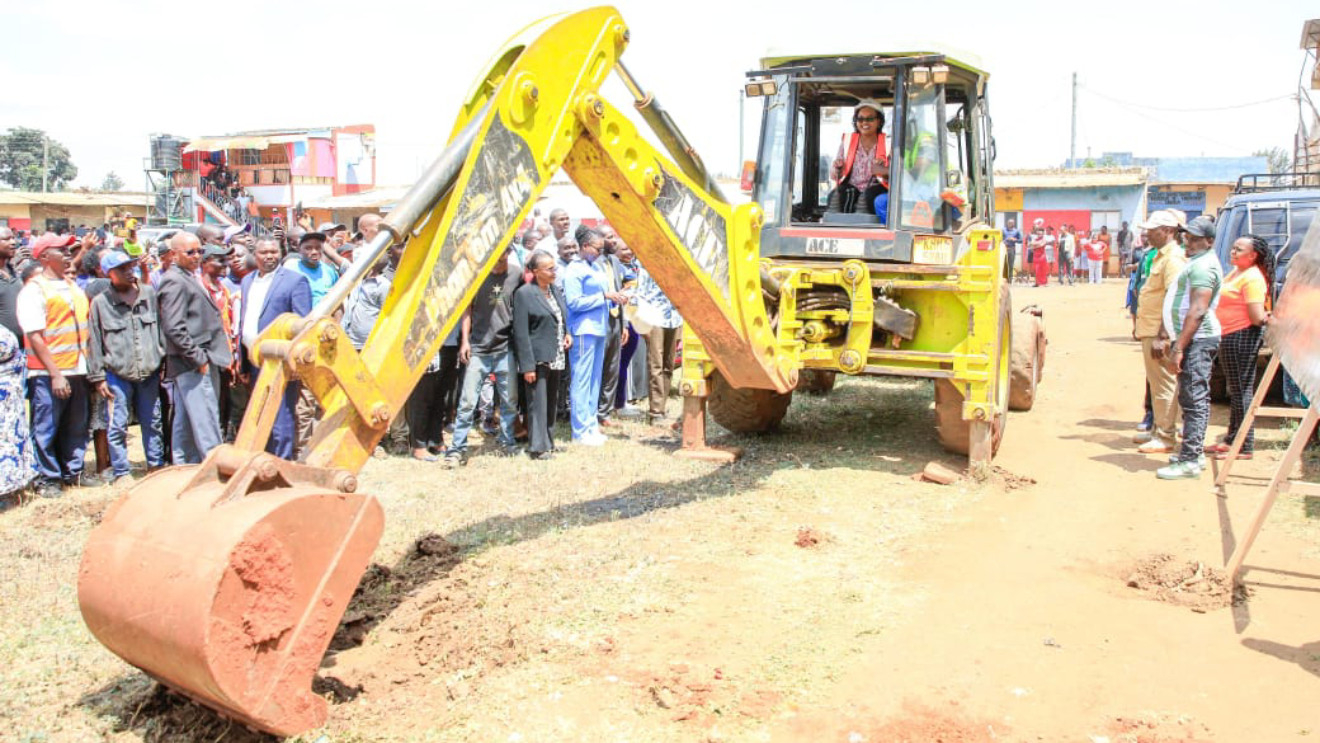
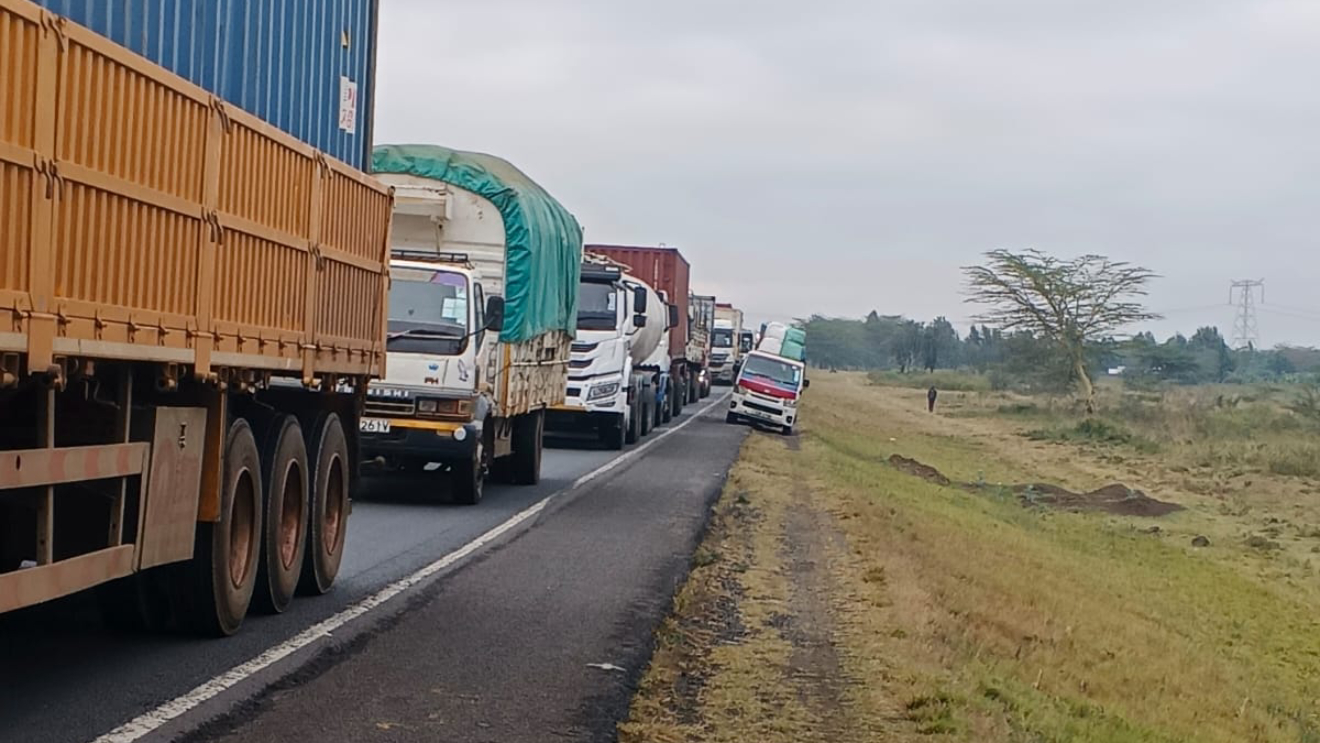


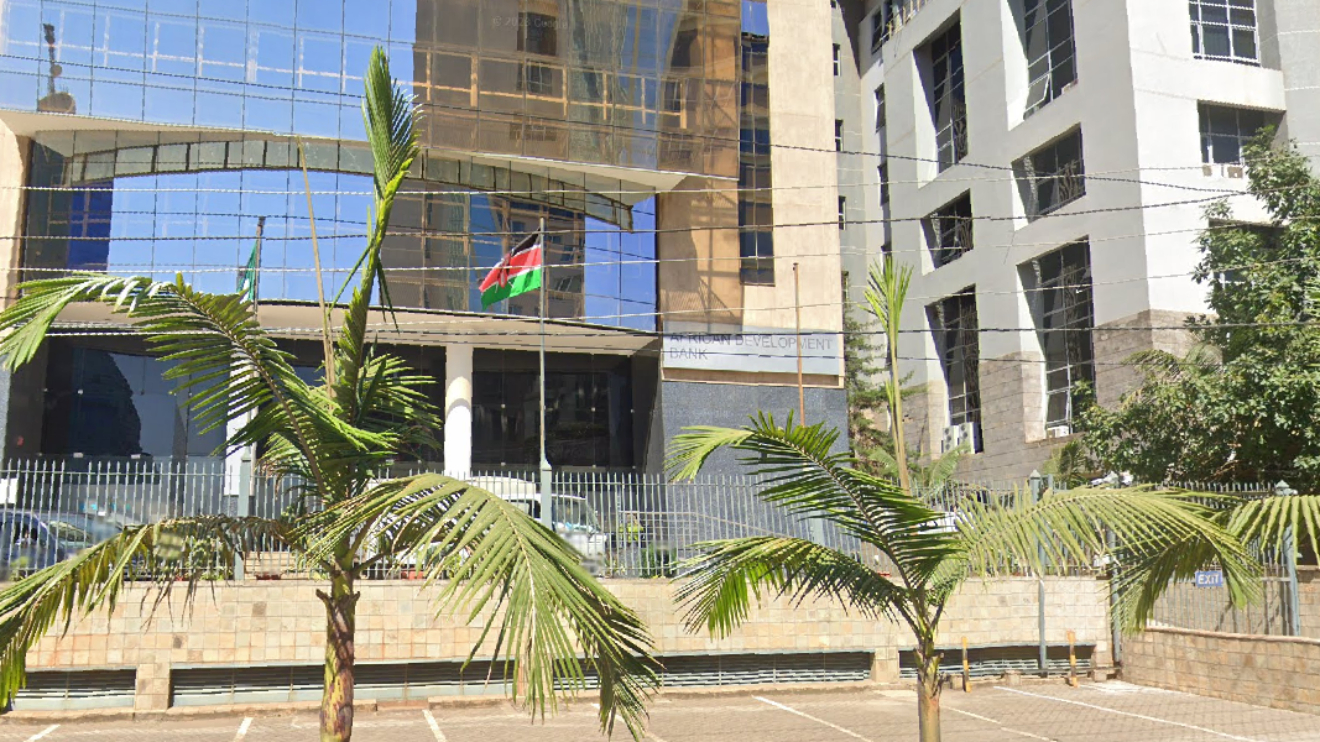
 shares a light moment with the company's Group CEO Dr Patrick Tumbo (right) at a past event-1758121528.jpeg)
-1758116028.jpeg)

